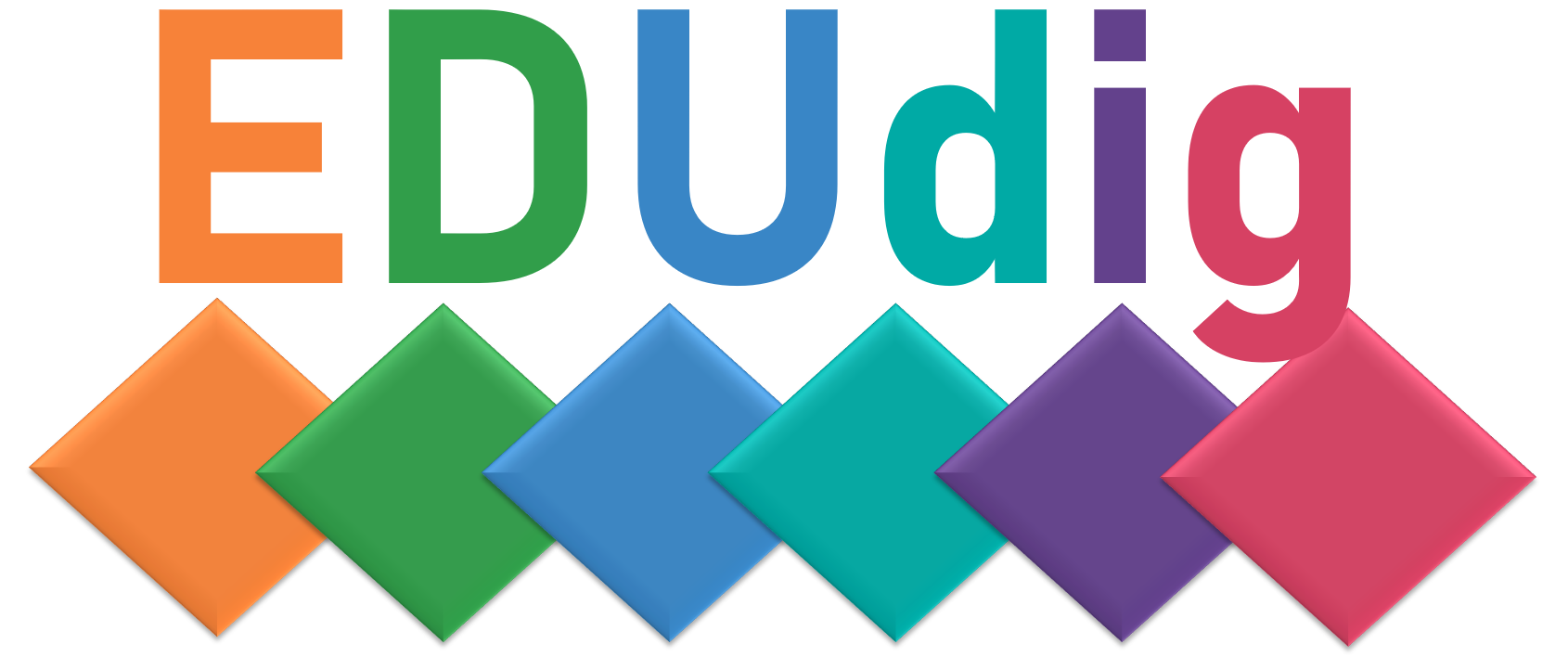Training
3.2.4 Guidelines
Here are a few guidelines for planning a holistic collaborative learning experience:
-
Learning goals
Start with learning goals: what should the students be able to do by the end of the course/unit. -
Topics
What are the topics of this learning experience? How will the students get the input? What is the form of the input? Is delivery synchronous or asynchronous? -
Milestones
What do you want to achieve with the activities? What are the benchmarks? What are the interim results? How will the process be documented and shared among groups? What are the deadlines? -
Collaboration
What is the activity? How will students deal with the content? How will they collaborate? How much time will they have to complete the activities? Here are some tips for designing the collaborative strategy [4]:
- In this activity the students work in groups. An optional setting is to assign different roles in the group.
A setting for the future:
>>Grouping learners using virtual teaching assistant – EDUdig
- The formulation of the task is open-ended, and the educator may not be familiar with the outcome of the activity.
- The activity takes into consideration the prior knowledge and experience of the students and invite them to actively use the resources.
- The formulation of the activity engages the students to collaborate as well as to discuss the steps to develop the results, to critically question the information, formulate hypotheses, test them and draw conclusion.
- The students are aware that documentation of the developing process and sharing with other groups is important. The documentation (e.g. reporting, summarizing or other form depending on the question or problem defined in the activity) can be done by using templates, tables, graphics, etc.
-
Supporting and guidance
When you plan interactive and collaborative activity, your students may need more support then usually because they need to be actively engaged. As we already mentioned that the students’ readiness plays an important role, to enhance it, it is advisable to plan how will you provide support and guidance for the students.
- Offer clear instructions and explain why it is important.
- Announce office hours where you are available for questions.
- Give your students a guideline for electronic communication: When can you be reached? How can students contact you personally and through which channels?
- Provide a supportive discussion forum.
- Get the students familiar with the technology and tools that you are using.
- Use the peer feedback activity: students give each other feedback.
- You can facilitate joint work, e.g. by jointly creating a glossary – Moodle activity – (collection of terms, definitions and methods).
-
Reflection
At the end of the activity students will usually report on their findings in written and/or oral form.
- The learning objectives are assessed using other appropriate methods as well.
- You can include portfolios, learning evidence in your teaching. Students should document the planning and progress of their learning processes and outcomes.
-
Feedback to students
Which are relevant features of the feedback to students? How will the students get the feedback?
- Feedback evaluates students’ work against the standards.
- Feedback must be constructive (points out strengths and weaknesses), timely (while the work is still fresh) and meaningful (addresses a specific intended learning outcome).
- Define the goal of the feedback: it can be either formative or summative. Formative feedback is given during the activity to enable students to improve by immediate consideration of the feedback. Summative feedback is given for the performed activity and can be constructively used only in a next activity.
- Define the activities where you plan to give feedback: quiz, assignment, forum, group work, exercise, essay, etc. For some activities, such as quizzes, it is possible to create automatic feedback.
- Decide when do you give feedback: during the activity, at the end of an activity, at the end of a block, at the end of the course.
- Choose a tool for feedback.
- Define the feedback method: comment, audio, oral, summary, group feedback, template, rubric etc.
-
Feedback from students
How will you get feedback from students?
- Prepare the questions for the teaching process where you want to receive feedback.
- Offer the students multiple ways to express their meaning: a feedback template, open ended questions, different channels.
- Define the time when do you want to receive feedback.
